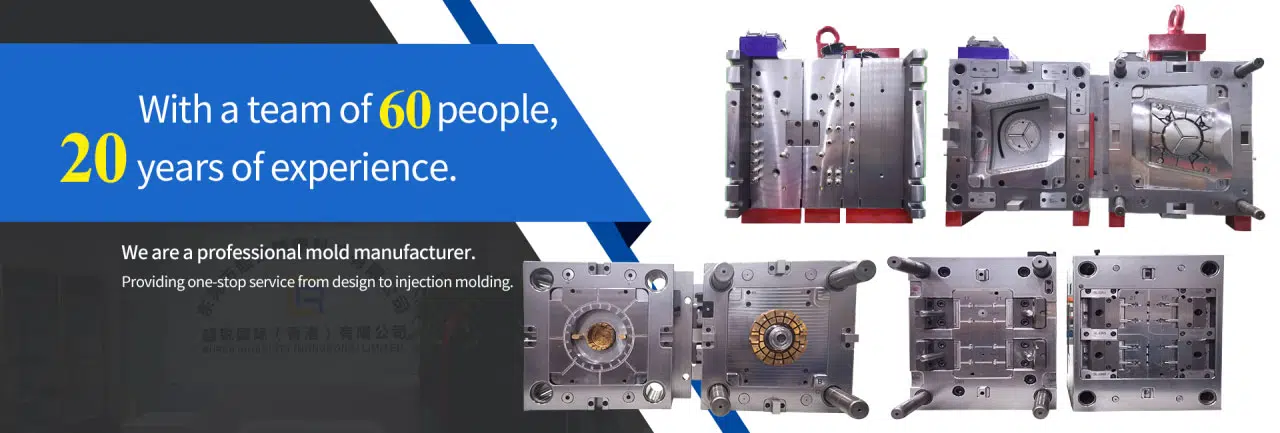
# Rapid Tooling for Efficient Prototyping
## Introduction to Rapid Tooling
Rapid tooling is a manufacturing process that enables the quick production of molds and tooling for prototyping and low-volume production. This technique bridges the gap between traditional prototyping methods and full-scale production, offering a cost-effective solution for product development.
## Benefits of Rapid Tooling
### Faster Time-to-Market
Keyword: Rapid Tooling
One of the primary advantages of rapid tooling is its ability to significantly reduce lead times. Traditional tooling methods can take weeks or even months, while rapid tooling solutions can deliver functional prototypes in a matter of days.
### Cost-Effective Solution
Rapid tooling eliminates the need for expensive hard tooling in the early stages of product development. This makes it particularly valuable for startups and small businesses with limited budgets.
### Design Flexibility
The process allows for easy modifications to designs during the prototyping phase, enabling engineers to test and refine their concepts before committing to full-scale production.
## Common Rapid Tooling Techniques
### Soft Tooling
Soft tooling uses materials like silicone or aluminum to create short-run molds. These molds are ideal for producing 50-100 parts and are perfect for concept validation.
### Bridge Tooling
Bridge tooling serves as an intermediate step between prototyping and production. It typically uses more durable materials than soft tooling but doesn’t require the investment of full production tooling.
### Direct Metal Laser Sintering (DMLS)
This additive manufacturing technique creates metal tools directly from 3D CAD data, offering excellent precision and the ability to create complex geometries.
## Applications of Rapid Tooling
Rapid tooling finds applications across various industries:
– Automotive: For prototyping new components and parts
– Medical: Creating custom surgical tools and devices
– Consumer electronics: Testing product designs before mass production
– Aerospace: Developing lightweight components with complex geometries
## Choosing the Right Rapid Tooling Approach
When selecting a rapid tooling method, consider these factors:
– Required part quantity
– Material specifications
– Surface finish requirements
– Budget constraints
– Project timeline
## Future of Rapid Tooling
As additive manufacturing technologies continue to advance, rapid tooling processes are becoming even faster and more cost-effective. The integration of AI and machine learning is expected to further optimize tool design and production workflows, making rapid tooling an increasingly vital part of product development cycles.